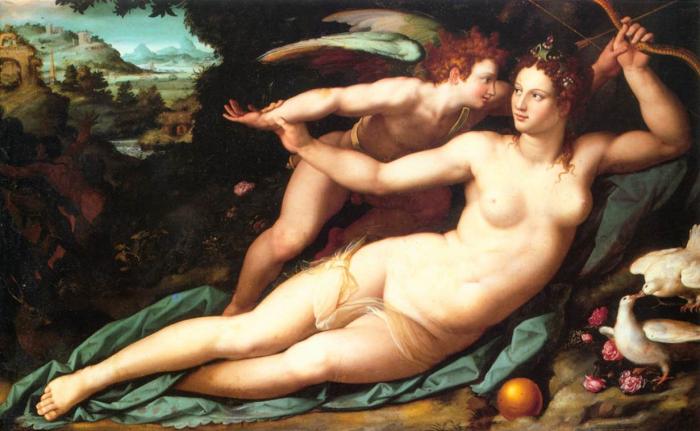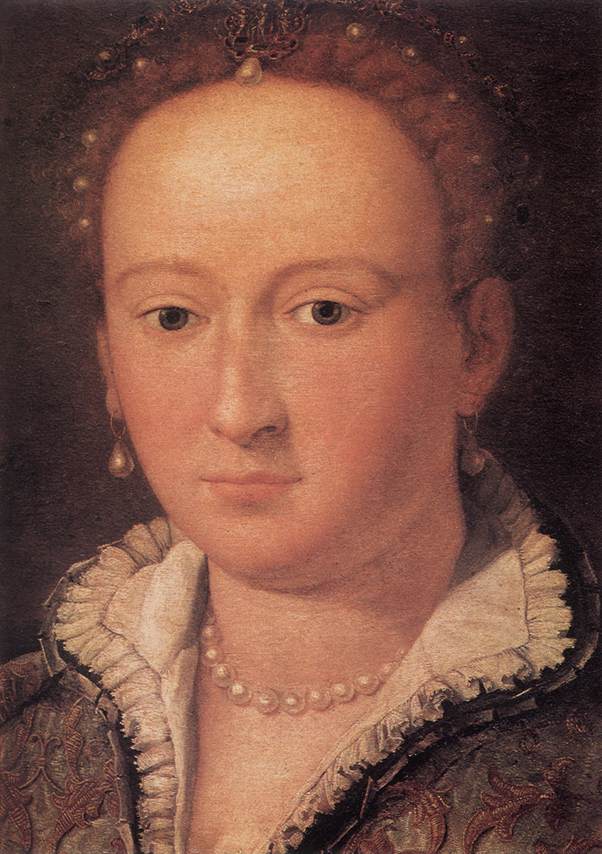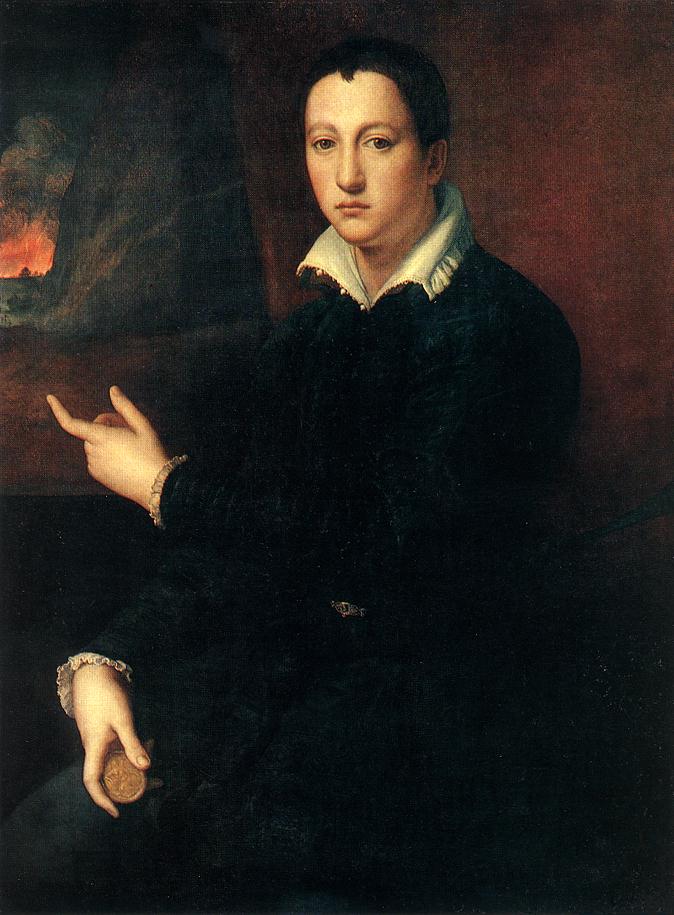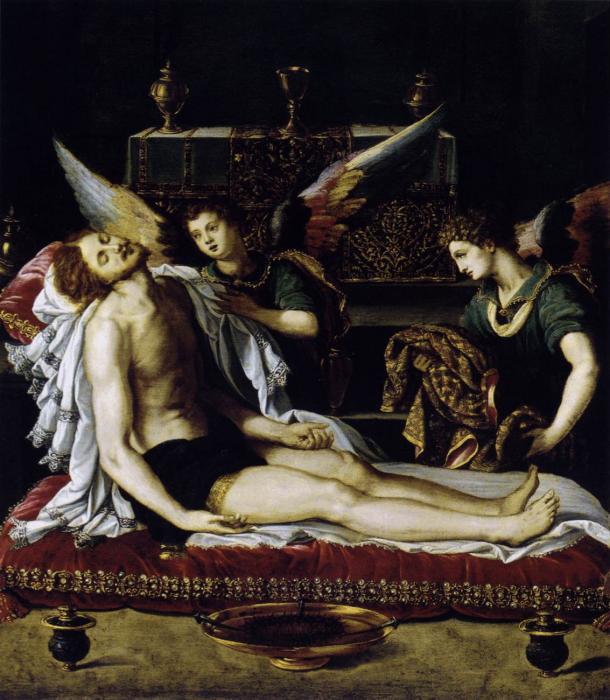Alessandro di Cristofano di Lorenzo del Bronzino Allori (1535 – 1607)
Get a Alessandro di Cristofano di Lorenzo del Bronzino Allori (1535 – 1607) Certificate of Authenticity for your painting (COA) for your Alessandro di Cristofano di Lorenzo del Bronzino Allori (1535 – 1607) drawing.
For all your Alessandro di Cristofano di Lorenzo del Bronzino Allori (1535 – 1607) artworks you need a Certificate of Authenticity (COA) in order to sell, to insure or to donate for a tax deduction.
Getting a Alessandro di Cristofano di Lorenzo del Bronzino Allori (1535 – 1607) Certificate of Authenticity (COA) is easy. Just send us photos and dimensions and tell us what you know about the origin or history of your Alessandro di Cristofano di Lorenzo del Bronzino Allori (1535 – 1607) painting or drawing.
If you want to sell your Alessandro di Cristofano di Lorenzo del Bronzino Allori (1535 – 1607) painting or drawing use our selling services. We offer Alessandro di Cristofano di Lorenzo del Bronzino Allori (1535 – 1607) selling help, selling advice, private treaty sales and full brokerage.
We have been authenticating Alessandro di Cristofano di Lorenzo del Bronzino Allori (1535 – 1607) and issuing certificates of authenticity since 2002. We are recognized Alessandro di Cristofano di Lorenzo del Bronzino Allori (1535 – 1607) experts and Alessandro di Cristofano di Lorenzo del Bronzino Allori (1535 – 1607) certified appraisers. We issue COAs and appraisals for all Alessandro di Cristofano di Lorenzo del Bronzino Allori (1535 – 1607) artworks.
Our Alessandro di Cristofano di Lorenzo del Bronzino Allori (1535 – 1607) paintings and drawings authentications are accepted and respected worldwide.
Each COA is backed by in-depth research and analysis authentication reports.
The Alessandro di Cristofano di Lorenzo del Bronzino Allori (1535 – 1607) certificates of authenticity we issue are based on solid, reliable and fully referenced art investigations, authentication research, analytical work and forensic studies.
We are available to examine your Alessandro di Cristofano di Lorenzo del Bronzino Allori (1535 – 1607) painting or drawing anywhere in the world.
You will generally receive your certificates of authenticity and authentication report within two weeks. Some complicated cases with difficult to research Alessandro di Cristofano di Lorenzo del Bronzino Allori (1535 – 1607) paintings or drawings take longer.
Our clients include Alessandro di Cristofano di Lorenzo del Bronzino Allori (1535 – 1607) collectors, investors, tax authorities, insurance adjusters, appraisers, valuers, auctioneers, Federal agencies and many law firms.
Alessandro Allori art authentication,appraisal, certificates of authenticity (COA), analysis, research, scientific tests, full art authentications. We will help you sell your Alessandro Allori or we will sell it for you.

Venus and Cupid
Alessandro Allori was an Italian portrait painter of the late Mannerist Florentine school. Born in Florence, he was brought up and trained in art by his uncle, Angelo Bronzino, whose name he sometimes assumed in his pictures. In some ways, Allori is the last of the line of prominent Florentine painters, of generally undiluted Tuscan artistic heritage: Andrea del Sarto worked with Fra Bartolomeo (as well as Leonardo Da Vinci), Pontormo briefly worked under Andrea, and trained Bronzino, who trained Allori. Subsequent generations in the city would be strongly influenced by the tide of Baroque styles preeminent in other parts of Italy.

Portrait of a Woman, 1570-1590

Portrait of a Noble Woman

Portrait of a Young Man
The art history writer, S.J. Freedberg, derides Allori as derivative, claiming he illustrates “the ideal of Maniera by which art (and style) are generated out of pre-existing art.” The polish of figures has an unnatural marble-like form as if he aimed for cold statuary. It can be said of late phase Mannerist painting in Florence, that the city that had early breathed life into statuary with the works of masters like Donatello and Michelangelo, was still so awed by them that it petrified the poses of figures in painting. While by 1600 the Baroque elsewhere was beginning to give life to painted figures, Florence was painting two-dimensional statues. Furthermore, in general, with the exception of the Contra Maniera artists, it dared not stray from high themes or stray into high emotion.

Allegory of Human Life, 1570-1590

Pearl Fishers, 1570-1572
Among his collaborators was Giovanni Maria Butteri and his main pupil was Giovanni Bizzelli. Cristoforo del Altissimo, Cesare Dandini, Aurelio Lomi, John Mosnier, Giovanni Battista Vanni, and Monanni also were his pupils. Allori was one of the artists, working under Vasari, included in the decoration of the Studiolo of Francesco I.

The Body of Christ with Two Angels, 1600
He is the father of Cristofano Allori (1577-1621). Allori’s main works include:
• Christ and the Samaritan Woman, (Altarpiece, 1575, Santa Maria Novella, now Prato)
• Road to Calvary, (1604, Rome)
• Dead Christ and Angels, (Museum Fine Arts, Budapest)
• Portrait of Piero de Médici, (São Paulo Art Museum, São Paulo)
• Pearl Fishing, (1570-72, Studiolo of Francesco I, Palazzo Vecchio, Florence)image
• Sussana and the Elders
• Allegory of Human Life,
• The Miracle of St. Peter Walking on Water
• Venus and Cupid, (Musée Fabre, Montpellier)

Susanna and the Elders
Reviews
1,217 global ratings
5 Star
4 Star
3 Star
2 Star
1 Star
Your evaluation is very important to us. Thank you.
